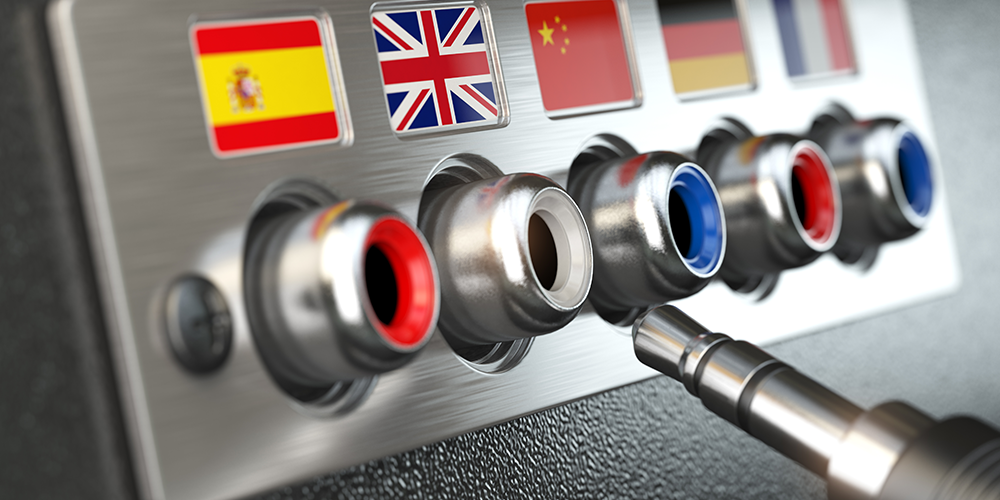Over the years, the legal industry has become increasingly globalized, leading to a sharp rise in cross-border, multilingual litigation. These language barriers can complicate every stage of litigation, but they are particularly troublesome during the discovery process. According to a recent Gartner study, almost 60% of the cost of litigation involves reviewing documents. These costs can add up quickly, forcing many law firms to make the difficult decision between machine translation and hiring certified translators for multilingual cases.
In this article, we’re going to explore the various challenges of multilingual litigation and discuss recent technological developments that could truly change the game.
Selecting a Translation Method
All too often, multilingual litigation involves a delicate balancing act. Automated translation can be executed quickly at little to no cost, but it produces poor quality results that may require manual revisions. In recent years, many law firms have used automated translation as a stepping stone. By getting to the ‘gist’ of a document, machines can help English-speaking lawyers understand how to categorize the materials. Once each document is deemed to be relevant, it can be set aside for later review by a translator.
On the other hand, hiring a certified translator for the full breadth of your discovery can be very time-consuming and cost-prohibitive. While human translators can capture the nuance and cultural context of a document, they typically charge by the word, which can be hard to justify in low-stakes cases and situations where you’ve already exceeded the client’s budget.
Differentiating the Technologies
For most attorneys, the terms ‘machine translation’ and ‘automated translation’ are entirely interchangeable. Despite this error in general use, there’s actually a difference between the two practices. Automated translation is the kind of translation produced by tools like Google Translate, and it often occurs online over an unsecured connection. By contrast, machine translation uses advanced software to perform neural translation and it produces reports designed for local storage. This software has been trained to prevent errors by using data from past mistranslations, dramatically improving the accuracy of document review.
The Uphill Battle for Machine Translation
Machine translation shows great promise as a solution for multilingual litigation challenges, but it still faces an uphill battle. To some degree, it is simply impossible for machines to replace human understanding. Other challenges emerge only in specific cases, such as with discovery containing legal terminology. For example, the differences between the legal vocabulary of two different languages can lead to confusion regarding the terms of a shared contract. This suggests that machine translation can be an effective solution for the discovery process, but it is unlikely to fully replace the review of certified translators.
Final Thoughts
Thanks for reading! We hope we’ve been able to shed some light on the challenges of multilingual litigation. If you enjoyed this article, let us know in the comments, and feel free to share it on social media.
Want to learn how we can help with your document review process? Our flexible eDiscovery solutions can be customized to meet your needs. When you plan your next deposition, don’t forget to take advantage of our plentiful deposition tools, including remote court reporting, concierge remote exhibit management, remote videography, and full-time tech support for your remote depositions, arbitrations, court hearings, trials, and other proceedings.






